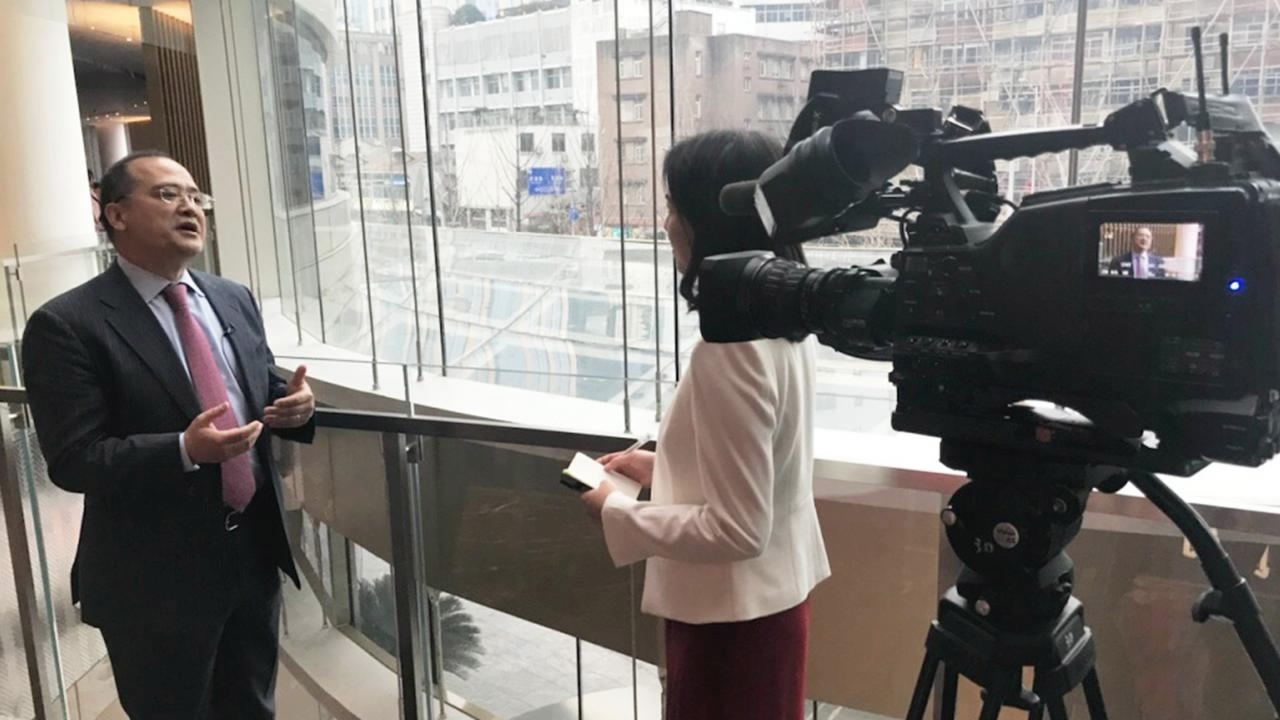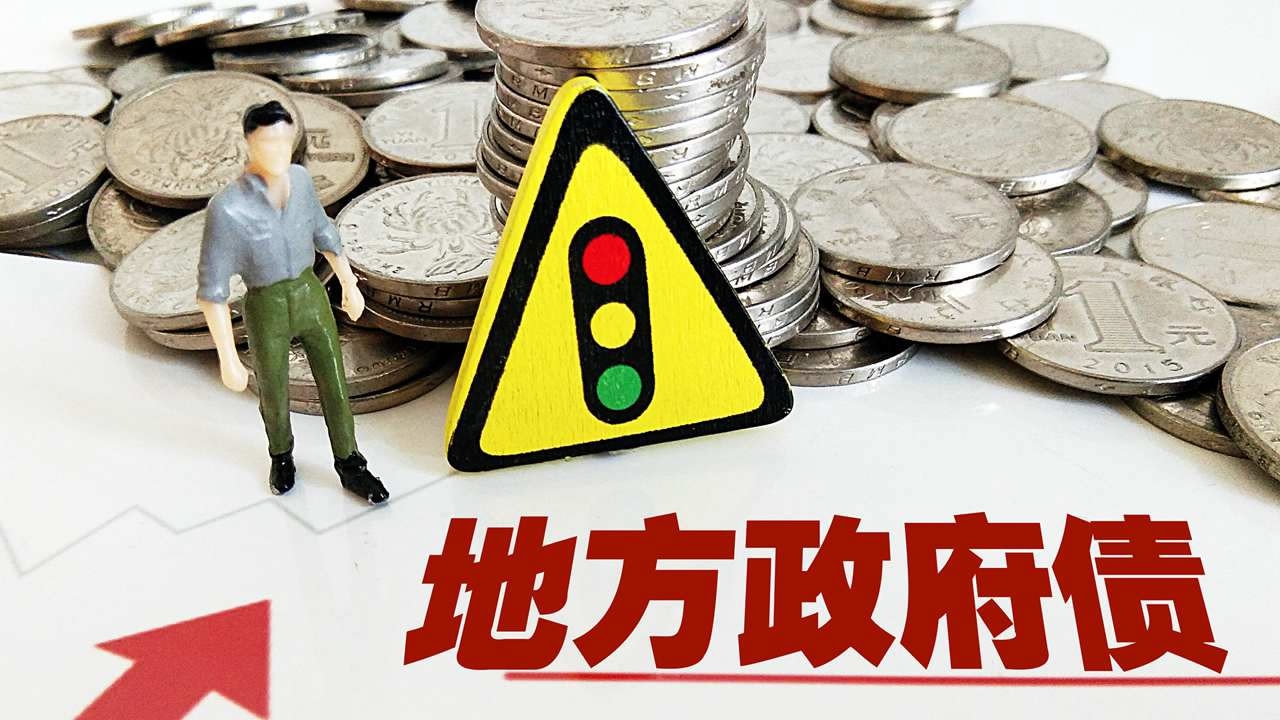
Opinions
20:26, 16-Jan-2018
China EconTalk: Rising consumption remains driving force in China’s economy
By CGTN’s Wang Yue

Editor’s note: Liu Ligang, the Managing Director and Chief Economist of Citi China, shares his insights with CGTN. The economist says that the driving force for China’s economy in 2018 will continue to be the rising of consumption.
In the past year, China's economy has maintained a steady and favorable trend, with the overall situation better than expected. As for this year, China’s GDP size is estimated to reach 12 trillion US dollars, where the rise of consumption will continue its role as the driving force, the economist Liu Ligang says.
Liu, the Managing Director and Chief Economist of Citi China, predicts that China’s GDP growth this year will be 6.5 percent. That “good number for China’s GDP size,” from his perspective, is within the country’s growth potential.

CGTN speaks to Liu Ligang, the Managing Director and Chief Economist of Citi China. /CGTN Photo
CGTN speaks to Liu Ligang, the Managing Director and Chief Economist of Citi China. /CGTN Photo
“In the first half, growth could be below 6.5 percent, largely because the winter heating season will last to March, and there will be some restrictions on those heavy polluted firms to expand their productions. In the second half, we think the growth will rebound to 6.6 percent. By the end of this year, China’s GDP size will be 12 trillion US dollars. And 6.5 percent [for the whole year], it’s a very good number for China’s size of GDP,” Liu says.
Rising consumption will continue to be the driving force behind the economic momentum, according to Liu. In 2016, consumption contributed to 64.6 percent of China’s economic growth. In 2017, the demand for consumption increased steadily.
So, how can the demand be stimulated this year? The answer will be land reform, which boosts consumption growth in rural areas, and the liberalization of the country's financial system, which underpins urban consumption.
“In our own research, we think that if China can continue to engage in land reform, it will unleash 20 trillion US dollars of wealth to Chinese rural families. That will have a big boost for China’s future consumption growth. In addition, if China can continue to liberalize the financial system and consumers can get consumer lending more cheaply to buy cars and other durable goods, urban consumption will also have great potential to grow faster,” Liu suggests.

VCG Photo
VCG Photo
Prevention of financial risks is also a keyword for the country. China uncovered irregular local government debts worth over 6.4 billion yuan (about 972 million US dollars) in the third quarter of 2017, according to the National Audit Office.
In Liu’s opinion, China’s local government debt is “manageable,” as there is the urging of local governments to increase efforts in preventing local debt irregularities. At the same time, reform in the management of local government debt quotas and government special bonds are underway.
“The big risk I see is in the shadow banking sector,” Liu explains. “The policy reaction or the policy tightening could create some kind of mistake or accident in small and medium financial institutions. Then it will create some major risk to China’s financial stability.”
(CGTN’s Wang Lihuan also contributed to the story.)

SITEMAP
Copyright © 2018 CGTN. Beijing ICP prepared NO.16065310-3
Copyright © 2018 CGTN. Beijing ICP prepared NO.16065310-3